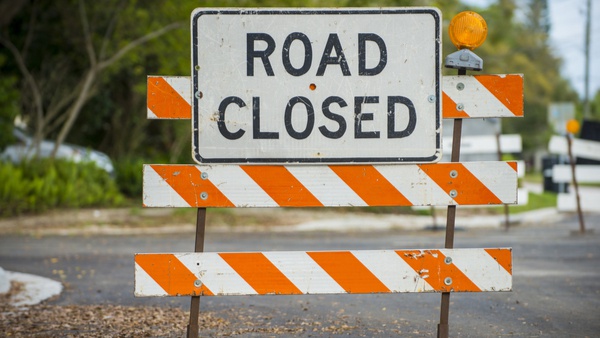Taking a little time to prepare your home for colder weather pays many benefits.

Shutterstock photo.
INDIANAPOLIS – Is your home and its electrical and heating system ready for winter?
The Indiana Electric Cooperative is reminding Hoosiers to winterize your home before the chill sets in.
“Taking a little time to prepare your home for colder weather pays many benefits,” said Jon Elkins, vice president of safety, training and compliance at Indiana Electric Cooperatives. “You’ll be more comfortable, and, even more important, you’ll have the confidence that your house will keep you safe on the chilliest nights.”
Elkins recommends several simple steps to winterize your home:
- Winterize electrical outlets on outside walls with insulating covers by carefully selecting outlet kits made to fit. Turn off power to each outlet and check for loose wires or connections that could cause shocks or electrocution. If an outlet wiggles or seems to have loose wires, have a qualified electrician repair it.
- Check space heater cords for signs of wear or overheating and make sure the plug fits securely in the outlet.
- Never run cords under carpeting or rugs. Cords can be damaged when people step on them and are a trip hazard. They can also overheat and lead to a fire.
- Make sure trees are properly trimmed and away from your electrical wires. Tree branches can fall and snap your power lines during a winter storm. NEVER approach a downed power line; it could still be energized.
- Check your furnace or heat pump before you need it. A service technician can conduct a thorough cleaning and check. Make sure filters are clean.
- If you notice odd sounds or smells coming from your furnace or heat pump, turn it off and call a service technician. Mechanical problems can lead to fires. Furnaces that use combustion can also release gases, such as carbon monoxide.
- Have working flashlights or battery-powered lamps with fresh batteries on hand in case of a power outage.
Elkins adds that each time you turn the thermostat up a degree, you can add as much as two to three percent to your heating costs, and you put more wear and tear on your heat pump or furnace.

 Brush Fork Road to Close for Bridge Replacement
Brush Fork Road to Close for Bridge Replacement
 Special Olympics to Host Breakfast with the Easter Bunny
Special Olympics to Host Breakfast with the Easter Bunny
 Rolling Roadblocks Scheduled for Pothole Patching on Various Road in Boone Co.
Rolling Roadblocks Scheduled for Pothole Patching on Various Road in Boone Co.
 Indiana AG Alerts Hoosiers to be Aware of Illegal Gaming Website, Social Media Ads
Indiana AG Alerts Hoosiers to be Aware of Illegal Gaming Website, Social Media Ads
 Kat Von D Planning Brick and Mortar Store in Vevay
Kat Von D Planning Brick and Mortar Store in Vevay
 Longtime Owners of J&J Liquor Announce Retirement
Longtime Owners of J&J Liquor Announce Retirement













